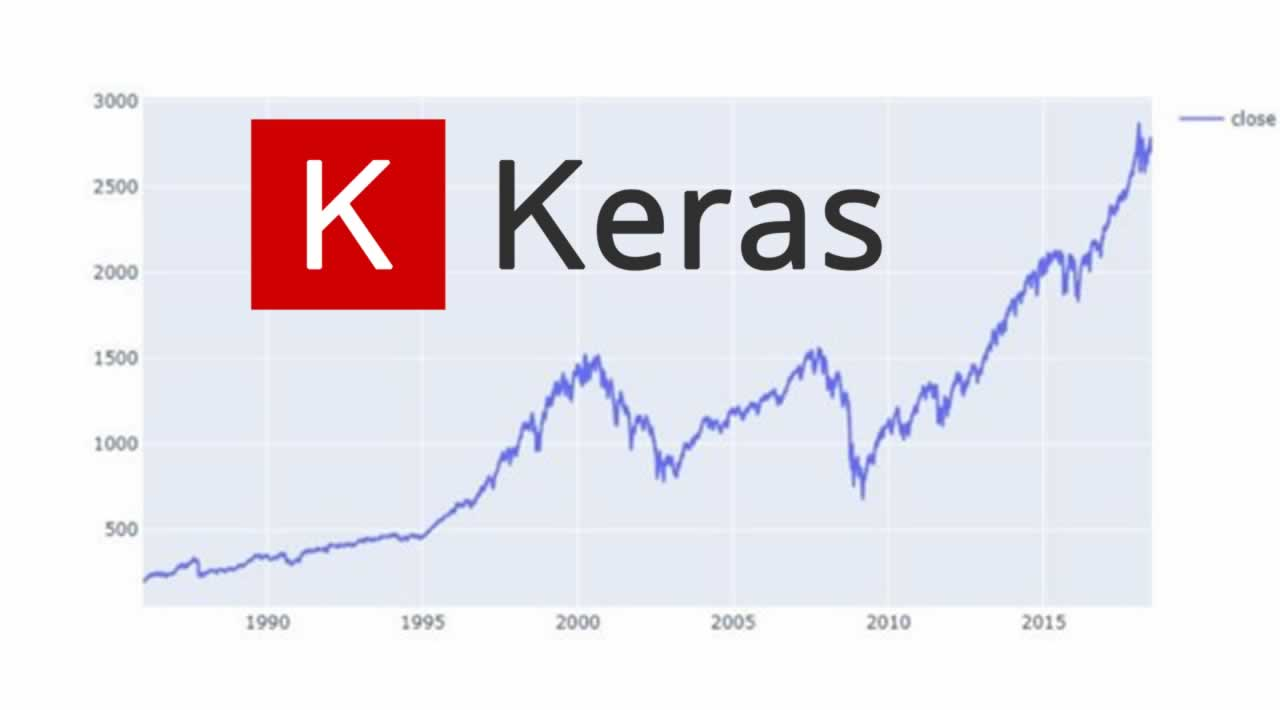Anomaly Detection in time series data provides e-commerce companies, finances the insight about the past and future of data to find actionable signals in the data that takes the form of anomalies.
Introduction
In this project, we’ll build a model for Anomaly Detection in Time Series data using Deep Learning in Keras with Python code. you must be familiar with Deep Learning which is a sub-field of Machine Learning. Specifically, we’ll be designing and training an LSTM Autoencoder using Keras API, and Tensorflow2 as back-end. Along with this you will also create interactive charts and plots with plotly python and seaborn for data visualization and displaying results within Jupyter Notebook.
What is Time Series Data?
Time Series is a sequence of numerical data collected at different points in time in successive order. This is not a cross-sectional data. This is an observation on the value of a variable at different times.
Time series data can be found in business, science, finance. Few examples of time series data are Birth rates, GDP, CPI(Consumer Price Index), Blood Pressure tracking, Global Temperature, population, insights on a product.
Time Series data are very important for prediction. These data are used for understanding past outcomes, predicting future outcomes, making progress strategies, and more.
What is Anomaly Detection in Time Series Data?
Anomaly Detection in the data mining field is the identification of the data of a variable or events that do not follow a certain pattern. Anomaly detection helps to identify the unexpected behavior of the data with time so that businesses, companies can make strategies to overcome the situation. It also helps the firms to detect the error and frauds that are going to happen at particular time, or it helps to learn from past histories of data that showed unusual behavior.
#keras #tensorflow
